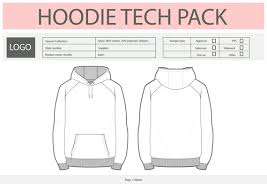.jpg)
DXF Files for 3D Clothing and block patterns
DXF Files for 3D Clothing and block patterns
A DXF (Drawing Exchange Format) file is a type of vector graphic file used to store 2D drawings, commonly shared among various CAD (Computer-Aided Design) programs. Developed by Autodesk, the creator of AutoCAD, the DXF format facilitates interoperability between AutoCAD and other design software. Although DXF files can contain 3D data, they are primarily utilized for 2D data exchange, especially when dimensions are not included in the drawing.
DXF Files in Fashion
In the fashion industry, DXF files are widely used for pattern-making. These files enable the easy exchange of 2D cutting pattern information among different CAD systems. There are a few variations of DXF pattern files commonly encountered in fashion:
- Standard DXF
- AAMA/ASTM DXF
- DXF with Ruler
Differences Between Standard DXF and ASTM/AAMA DXF Files
-
Standard DXF: Typically used to exchange drawing files across different CAD systems, standard DXF files are similar to AutoCAD’s DWG file format. However, these files are often unreliable for use in 3D clothing simulation systems due to the lack of scale, units, and detailed information necessary for accurate translation across systems.
-
ASTM/AAMA DXF: Developed by the American Apparel Manufacturers Association, this format is designed for more reliable and accurate exchange of apparel cutting patterns. ASTM/AAMA DXF files can handle nested or non-nested patterns and include grading rules, seam allowances, and other critical information. They are the preferred format for importing and exporting pattern files in the apparel industry.
DXF Files for 3D Clothing Simulation
3D fashion simulation systems often rely on DXF files for accurate garment drape simulations on digital avatars. It’s crucial to ensure that the DXF file is exported from the CAD system in the correct measurement unit (metric or imperial) that matches the importing 3D system. Misalignment of units can result in proportion issues with pattern pieces.
Key elements like seam allowances, grainlines, internal notches, and pattern annotations are preserved in DXF files, making them essential for successful 3D garment visualization. Each 3D system may require different import setups to optimize the pattern’s curve points, grade points, and sewing lines.
Conclusion
For effective 3D garment simulation, ASTM/AAMA DXF files are the optimal choice. These files ensure that the 2D cutting patterns translate accurately into 3D models, helping to create digital twins of physical garments. Building a library of well-engineered DXF block patterns can significantly enhance the efficiency and accuracy of 3D clothing simulations in the fashion industry.


.jpg)

.jpg)







